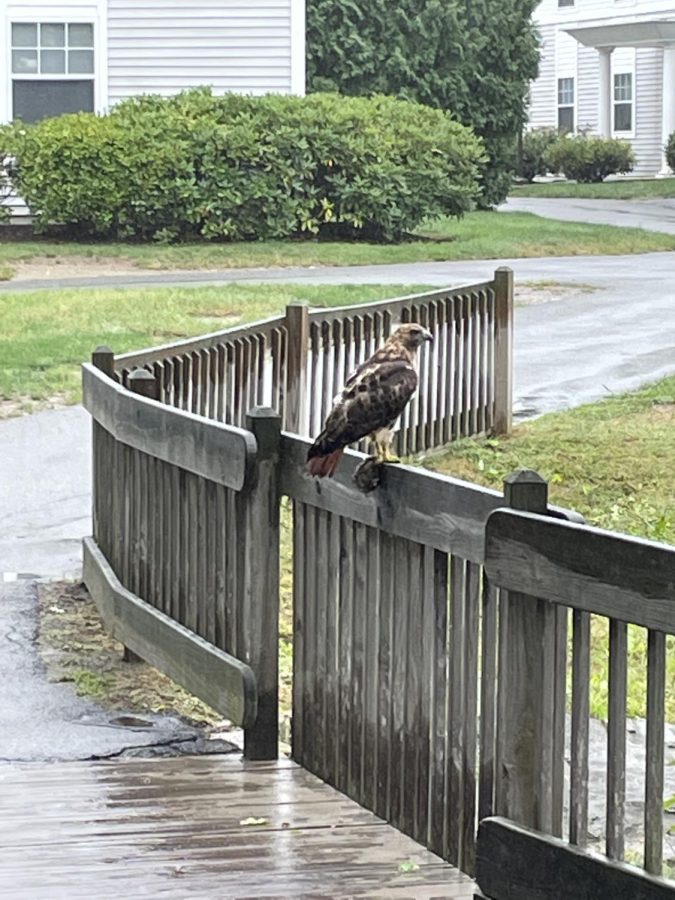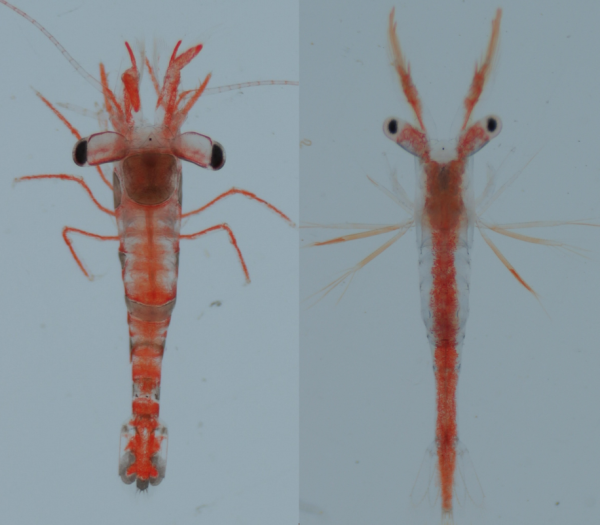Animal of the Week: Red-Tailed Hawk
Grant Soedler/The Hawks’ Herald
A Red-Tailed Hawk perching on the bridge to Stonewall. These magnificent birds can have wingspans up to 4.8 ft.
The red-tailed hawk is a member of the birds of prey, various species of large birds that hunt other animals for food. The most common species of hawk in all of North America, the red-tailed hawk is named for its signature reddish-brown tail feathers, but the rest of its plumage can vary quite widely, with colors usually ranging from various shades of black, brown and white.
Owing to our campus mascot, it should not be too surprising to readers that we have red-tailed hawks around Roger. The birds will occupy just about any type of open habitat, including deserts, scrublands, grasslands, roadsides, fields and pastures, and parks. One should not expect to see many of the birds at once, however. Like most other birds of prey, red-tailed hawks are solitary animals, meaning they spend most of their time alone. The only exceptions to this are during breeding season (typically March to May) and migration. However, as red-tailed hawks are monogamous, if one finds a suitable mate during breeding season the two will mate for life.
The typical diet of a red-tailed hawk consists of various small mammals, reptiles and other birds. Favored victims include voles, mice, rabbits, ground squirrels, pheasants, starlings and blackbirds as well as snakes. Hawks typically hunt by swooping down from a high perch to then capture and kill their prey within their sharp talons, but they can also hunt by flying over open fields. Said prey can weigh from less than an ounce to more than 5 pounds, with the hawk typically carrying off smaller prey to eat on a perch while eating larger prey on the ground.
While red-tailed hawks can be beautiful, fascinating animals, it is usually not a great idea to approach one out in the wild. The birds can be aggressive when defending nests or territories, and while that aggression is typically focused towards fending off other birds of prey, you would not want those razor-sharp talons and beak to be pointed at you, would you?







